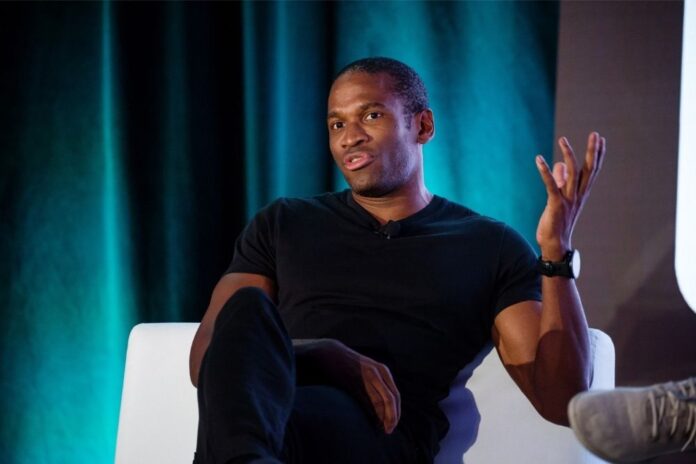Recently, Artificial Intelligence (AI) seems to be gaining more recognition and prominence in different spheres of life. The crypto space is not left out of the AI involvement as the technology has continued to show the potential of becoming an integral aspect of major crypto ecosystems.
In a new development, BitMEX co-founder Arthur Hayes, who seemed likely to have come to terms with what an AI model can achieve in the Ethereum blockchain, especially regarding the token’s price, has come out with a timeline blog post titled, “Moai,” to drive his point.
Read Also: Dormant Ethereum ICO Address Moves Over 61k ETH to Kraken For the First Time In 8 Years
In the blog post, Arthur argued that by integrating the decentralized organization (DAO) structure, humans, and AI technology into a single entity, the economy will get a significant boost as the DAO is not under the control of any state. Also, AI inventions will enjoy the same liberty as DAO, as both are outside the state’s power and can not be penalized or forced to abide by set-down financial regulations.
In addition, due to the total freedom, these setups will enjoy the liberty of trading tokens on Decentralized Exchanges (DEXs), not backed up by traditional Centralized Exchanges (CEXs).

Arthur Hayes: Ethereum (ETH) To Hit 5-Figure In 5 Years
Arthur believes that if the analogy described above eventually plays out, Ethereum transactions will witness significant growth in terms of proliferation, culminating in catapulting ETH market value to an unprecedented high.
Read Also: Vitalik Buterin Highlights Two Ethereum Critical Challenges and How to Solve Them
Aside from having natural monopolies over the trading of specific types of cryptos, Arthur noted that if the DEX trading volume succeeds in reaching 20% of the conventional stock exchange volume printed in 2022, ETH could spike from its current price of about $1,872.58 to almost $31,000, which implies a spike of 1,556%.
“Given the market is forward-looking, I want to guestimate the percentage that will be reached 5 years into the future. I am not concerned about getting this number exactly right. I want to be directionally correct and profit as the narrative shifts from “won’t happen” to “might happen,” Arthur remarked.
Follow us on Twitter, Facebook, Telegram, and Google News


